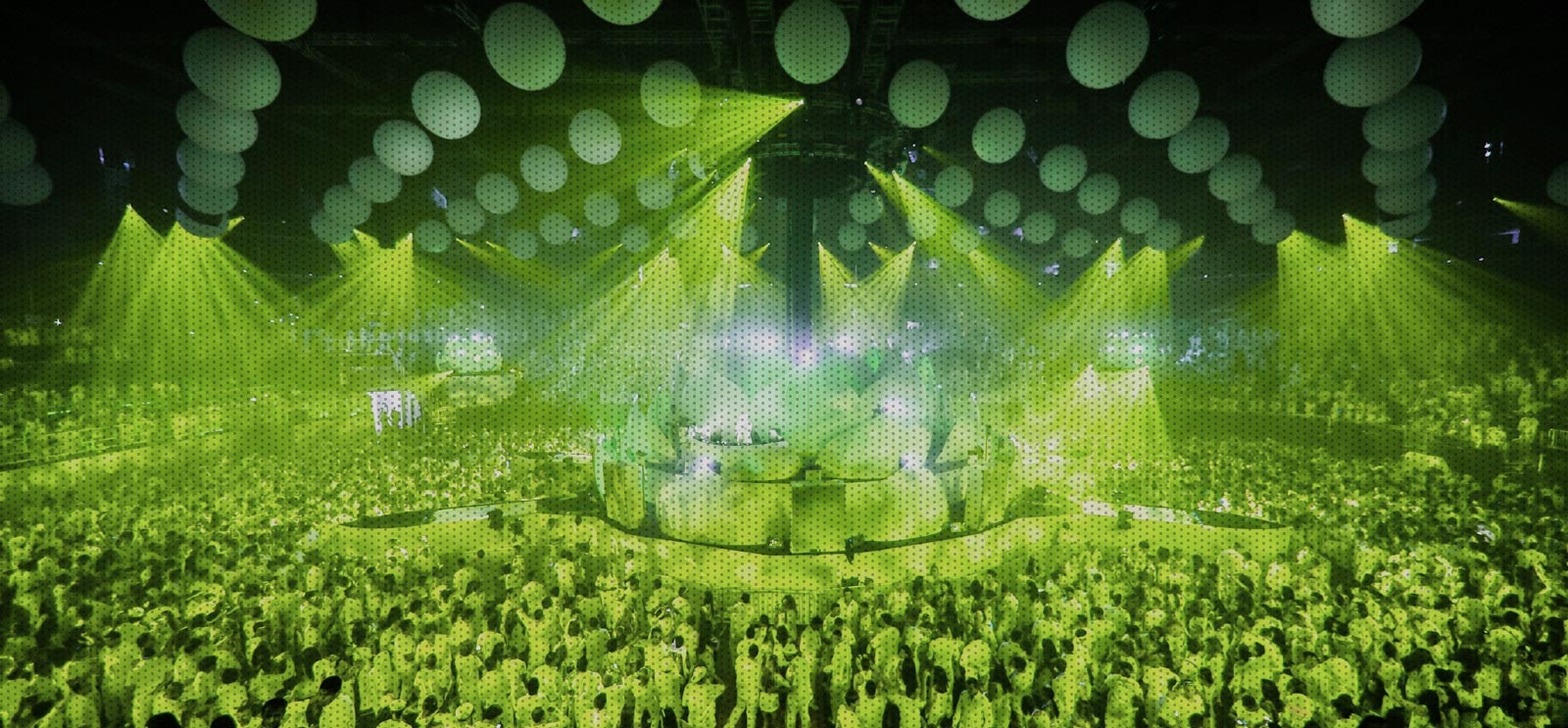Recent posts: beati
How to mix a kick with a bassline
“How did you mix the kick with the bassline?”. The short answer to this is a little bit disappointing, because the biggest trick I use is putting the Kick on one channel of my console and the Bassline on another. This utilizes the unique analog summing capabilities of my console and glues together both channels. But, this magic only happens when all the pre-work has been done correctly. As I say: When you put in shit, you’ll get polished shit out.
1.Tune
There are a lot of theories about which note a kick should have compared to the scale of the track, but I tend to rely more on my feeling. By quickly shuffling through the different tones you’ll feel very quick and very clearly which tone blends best.
2. EQ
The equalization of the bassline and the kick does have a significant role in getting a great blend. There are a lot of proclaimed rules about this on the internet about which frequency’s should be boosted or dipped. Again, rely on your feel for the exact settings. What works for on the kick for me is:
- Dipping, wide Q, somewhere in-between 150Hz and 1kHz.
- Boosting, small Q, around 90Hz to 140Hz
- Boosting, wide Q, in between 4kHz and 10kHz
But where are the sub frequency’s? Well, I tend not to boost or cut them at all, because I almost never get satisfactory results from it. The sub frequency’s are pretty isolated and will be leveled during mastering.
And how about the bassline EQ? Basslines widely differ, sometimes the bassline just adds something to the sub-lows, sometimes its part of the melody and sometimes it IS the melody. All these different appliances ask for a different approach, so unfortunately there aren’t any standards!
3. Compression
A counterintuitive method to get more punch and attack out of your kick is by using a compressor (my personal favorite is a UREI 1176). Go for a threshold and ratio that compresses the kick a lot, so you can clearly hear the differences, and start turning the Attack button to a longer attack time. As you will notice, the kick will get more punch. After you’ve found the correct Attack+release setting, tweak the threshold and ratio to an acceptable level.
I don’t use a lot of compression on most basslines, although side-chaining the bassline to the kick does give satisfactory results most of the time.
4. Excitement/distortion
Apart from creative choices, using distortion can help a lot in getting your track compatible with small (auratone) speakers. When relying the feel of the track on the sub lows of the kick and bass line, chances are great that the whole image of the track falls apart on small speakers. Apart from (octave) layering, adding distortion to both can be a godsend.
5. Bussing
A small and simple tip to help your DAW in summing the just created awesomeness is by sending both channels to a separate bus. The DAW’s audio engine will then separately sum the kick and bass before summing them with the rest of the signal, of course, this wouldn’t give you the results of an analog summing mixer, but it most certainly will help a bit.
Latest tracks!
I have been producing a lot of new stuff the last couple of weeks, so here is a sneekpeek! Audio player above has also been updates 😉
Video: Araghians Move
Combining rap with progressive trance. This is the result:
Video: Ongoing Stairs
The sun is shining and the festival fever is coming up. Enjoy this new beati sounds clip:
Combining Rap and Progressive Trance
I am finishing a track that has Rap lyrics on it, but is Progressive Trance. Are you a Rap fan, a Progressive Trance fan, or both? I am Curious what you think.











